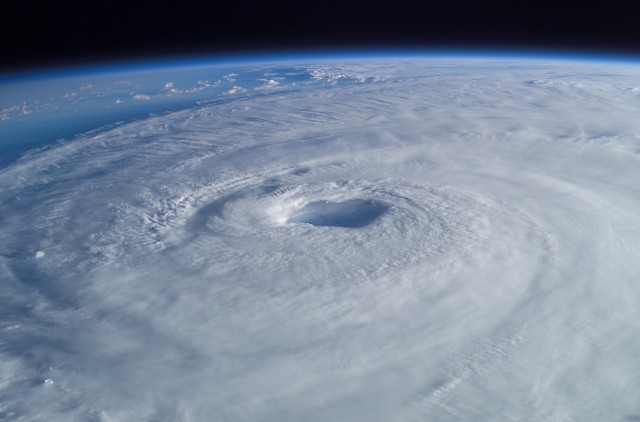
Almost every major storm is now accompanied by a climate change discussion. Everybody wants to ask whether human impacts on the climate system “caused” the storm. Unless framed carefully, it’s kind of a lousy question. We can’t say for sure that an individual storm wouldn’t have occurred if we hadn’t warmed the planet by roughly 1°C—climate is, by definition, statistical. So we use analogies like the climate loading the dice (or juicing its hits like a steroid-assisted major leaguer). What we do know is that every storm now takes place in a world that's notably warmer than it was a century ago.
Perhaps no type of storm draws as much attention in the US as hurricanes, but the science of these storms has been dissatisfyingly uncertain. Some studies have projected more hurricanes in the future, but others have projected fewer. The best information available today points to decreasing frequency but increasing strength, but it comes with significant uncertainties.
One challenge is that global climate models used to make projections for the future have a hard time effectively simulating the fine-scale processes within hurricanes, which has contributed to the present uncertainty. Modern hurricane observations are also much better than they were in the past, so it’s difficult to identify historical trends in any of these details.
A new study published in the Proceedings of the National Academy of Sciences tries to get around this limitation by examining a different kind of hurricane record—storm surge records from six tide gauges along the southeast coast of the US, which extend back to 1923. By building probability distributions, they were able to look at changes in extremes as well as averages. The researchers also removed the effect of sea level rise to separate the magnitude of the storms from the climbing baseline caused by rising oceans.
The resulting data was compared to possible contributing factors, such as the El Niño Southern Oscillation, average global temperature, local temperature around the Earth, and sea surface temperature in the tropical Atlantic. Since hurricanes are fueled by warm surface water, the data correlated most strongly with global temperature and sea surface temperatures in the area where hurricanes form.
The researchers used these relationships to create statistical models of hurricane behavior. Based on the last 90 years, those models calculated that a 1°C warming of the globe increases the probability of a hurricane storm surge the size of Hurricane Katrina’s by two to seven times—a startling rise.
That’s larger than previous estimates, which relied on climate model simulations. If accurate, the study tells us that putting hurricanes on climate steroids will have costly consequences. But it also tells us that the warming of the 20th century is already affecting us in a significant way. The paper concludes that “we have probably crossed the threshold where Katrina magnitude hurricane surges are more likely caused by global warming than not.” In other words, storm surges of that size are now at least twice as common as they were a century ago.
Put sea level rise back in the equation, and each surge becomes a little more destructive. For the city of New Orleans, which was devastated by Katrina, the reality is even uglier—bigger hurricane surges on top of rising sea level and a sinking city.
Add a few feet to your hits in baseball, and balls that used to land short of the outfield wall start to count as home runs. Add enough warming to your climate system, and some storm surges that used to stop short of flooding may start to count as disasters.
PNAS, 2013. DOI: 10.1073/pnas.1209980110 (About DOIs).
reader comments
100